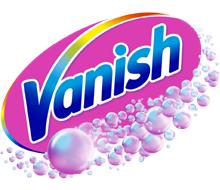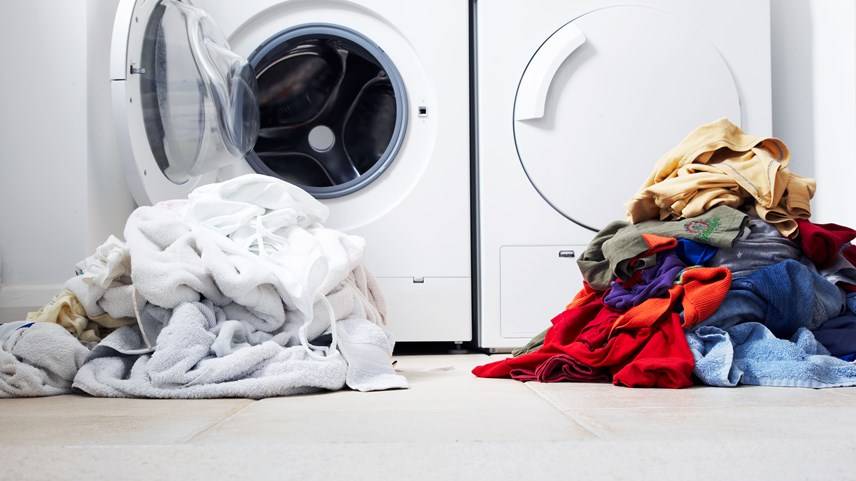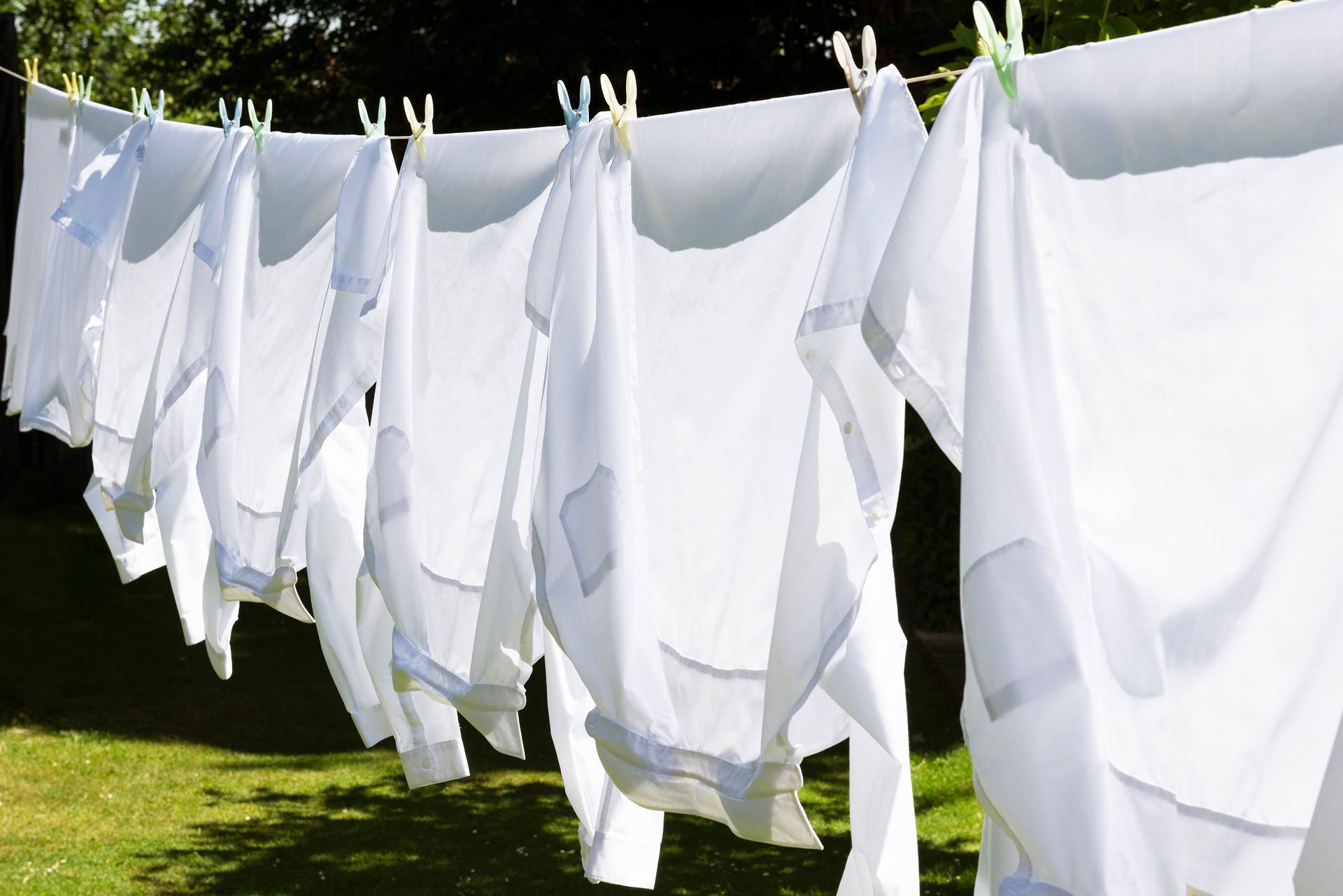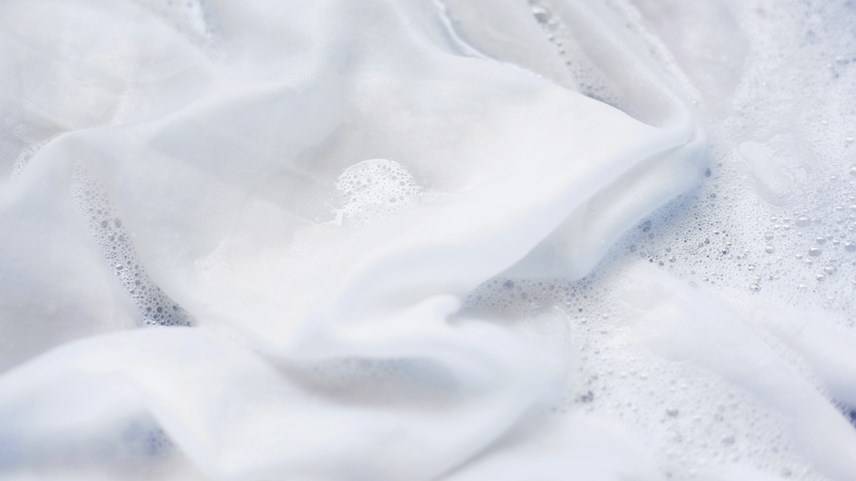How to do laundry: a step-by-step guide
Read on for detailed instructions, from separating your laundry by fabric and colour to adding the right amount of detergent and fabric softener, as well as selecting the optimal cycle and water temperature. Additional steps such as drying laundry, treating stains and hand-washing are also covered.






